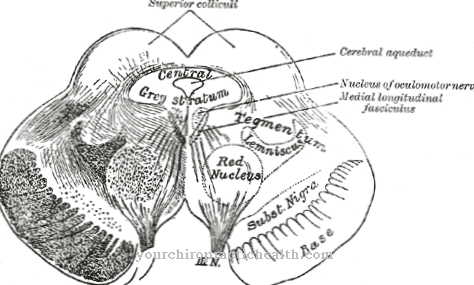The Cardiac septum separates the right half of the heart from the left half of the heart. A distinction can be made between a ventricular and atrial septum.
What is the heart septum?
The heart septum is also called in medical terminology Septum or Cardiac septum designated. It separates the atrium and ventricle of the left heart from the auricle and ventricle of the right heart. While the right atrium and right ventricle are part of the so-called low-pressure system or small circulation, the left half of the heart with the left ventricle and the left atrium belong to the large body circulation.
The majority of defects in the heart septum are genetic. They can occur as isolated heart defects or in combination with other malformations and, depending on their location, cause different symptoms. A rough distinction can be made between atrial septal defects and ventricular septal defects.
Anatomy & structure
The heart septum consists of an atrial septum and a ventricular septum. The atrial septum (septum interartriale cordis) has a fairly thin wall and is located between the right and left atria. On the posterior side of the heart, the septum becomes visible as the interatrial sulcus.
On the front side, however, the interatrial sulcus is covered by the main artery (aorta). The wall of the ventricular septum is thicker than the wall of the atrial septum. The ventricular septum separates the right ventricle from the left ventricle. The septum consists mainly of a thick muscle wall in the area of the chambers. This part is also known as the pars muscularis.
Towards the base of the heart, however, the wall becomes thinner and membrane-like. It is therefore also called the pars membranacea in this area. The pars membranacea houses an important part of the heart's conduction system. The bundle of His runs here before dividing into the tawara limbs and later into the Purkinje fibers. The ventricular septum runs on the outside of the heart through the anterior and posterior interventricular sulcus.
Function & tasks
The heart septum separates the right half of the heart from the left half of the heart and thus ensures that arterial and venous blood do not mix. The oxygen-poor blood from the organs reaches the right atrium via the body's venous system. The blood then flows in diastole into the right ventricle via the tricuspid valve.
During systole, blood is expelled through the pulmonary valve into the pulmonary arteries. Gas exchange then takes place in the lungs. The blood, which is now rich in oxygen, enters the left atrium via the pulmonary veins and the left ventricle via the mitral valve. During systole, the aortic valve opens and blood flows into the aorta. From there, it is distributed throughout the body's arterial vascular system and supplies the organs with nutrients and oxygen.
Diseases
Defects in the heart septum are also called septal defects. Depending on the initial manifestation, a distinction can be made between congenital and acquired septal defects. The atrial septal defect is one of the congenital malformations. So it is innate.
It is a malformation of the heart in which the heart septum between the two atria is not completely closed. Around 10 percent of all congenital heart defects are ventricular septal defects. The ventricular septal defect is one of the shunt vitia. All congenital heart defects in which there is a connection between the arterial and venous limbs of the bloodstream are shunt vitia. Depending on the direction of blood flow, a distinction can be made between right-left and left-right shunts. Symptoms of ventricular septal defect depend on the size of the shunt.
The heart defect usually becomes noticeable between the ages of 2 and 20.Most patients with a ventricular septal defect have irregular heartbeat and signs of heart failure. These include, for example, shortness of breath and reduced performance. Typically, patients with such a defect are pale in skin color. The extremities are often slightly bluish in color (peripheral cyanosis). In the case of a major defect, the first symptoms appear in toddlerhood. Even later on, the children suffer from heart stumbling, decreased performance and shortness of breath when exerted.
The ventricular septal defect is also usually congenital. Here the heart septum between the two heart chambers is not fully developed. Just like the atrial septal defect, the ventricular septal defect is also a shunt vitium. The defect is mostly found in the membranous and less often in the muscular part of the heart septum. Depending on the size of the defect, a left-right shunt can develop. The blood flows from the left ventricle back into the right ventricle, so that there is a pressure load and a volume load on the right heart.
The result is pulmonary hypertension. As more blood gets into the pulmonary circulation, the blood pressure inside the pulmonary vessels rises. If this is the case, the shunt can reverse. The blood then flows from the right ventricle directly into the left ventricle. Just like small atrial septal defects, small ventricular septal defects often go unnoticed. Larger defects ultimately lead to left heart failure and lead to more infections of the lungs.
The atrioventricular septal defect is also a congenital malformation. In this malformation, the combination of an atrial septal defect with a ventricular septal defect creates an AV canal, so that a double left-right shunt develops. The result is an absolute volume overload with insufficiency of the heart valves. The function of the heart deteriorates rapidly as the disease progresses. Ultimately, the atrioventricular septal defect usually develops into complete cardiac insufficiency.



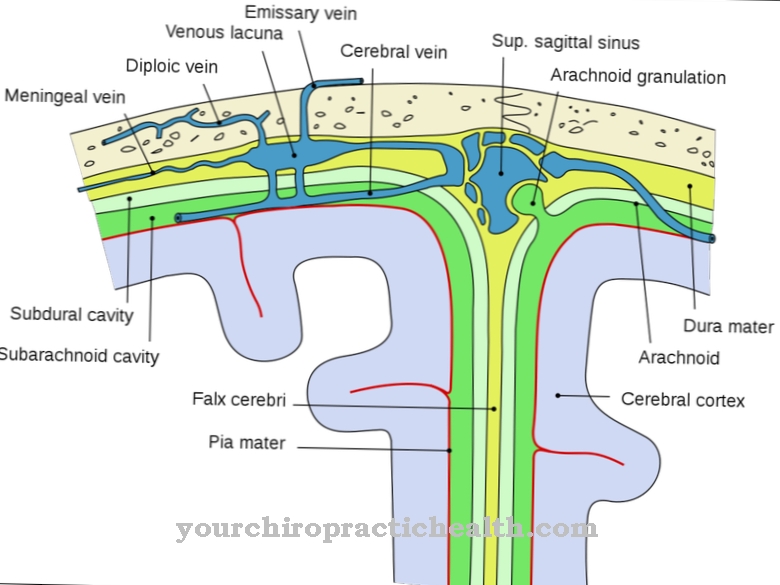

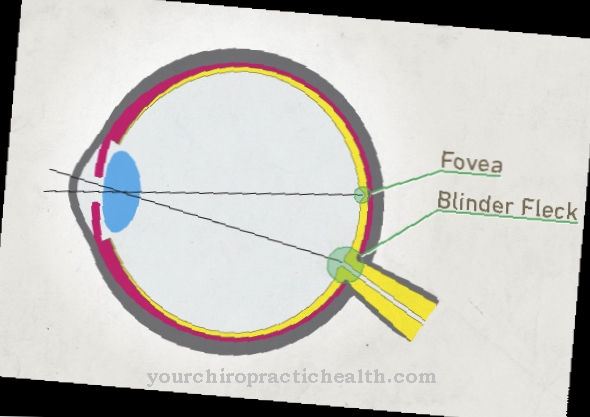


.jpg)

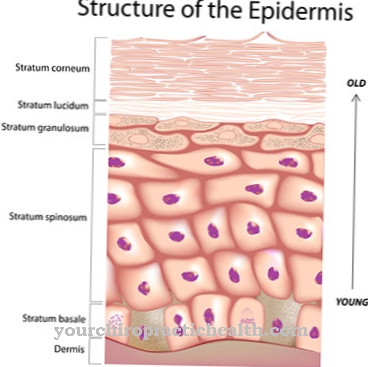
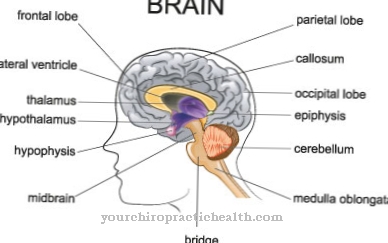
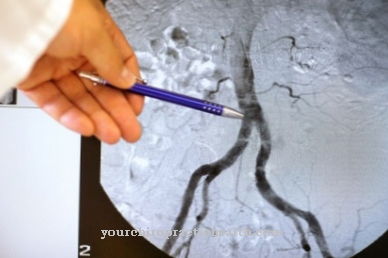
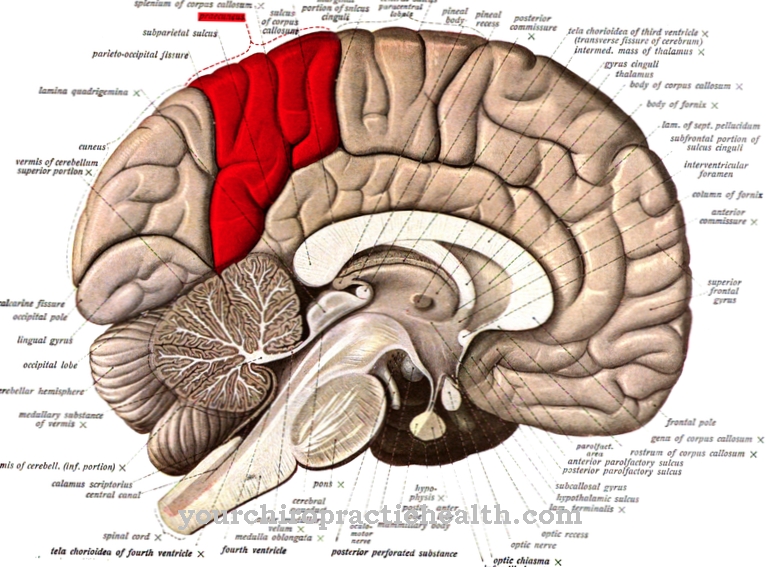
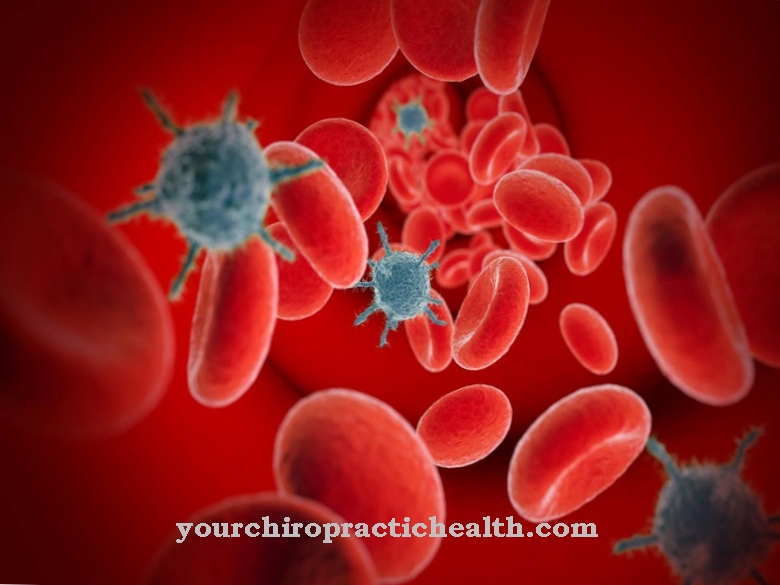


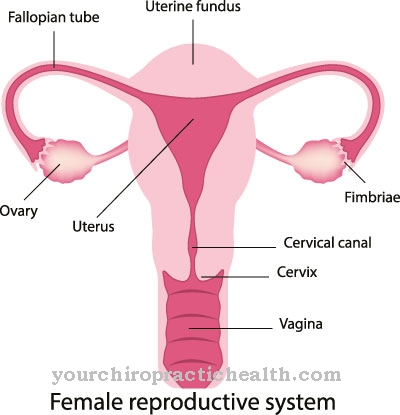


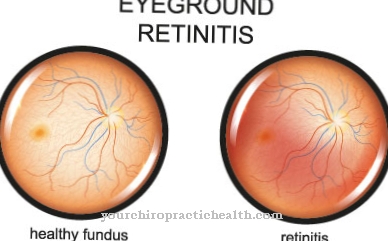


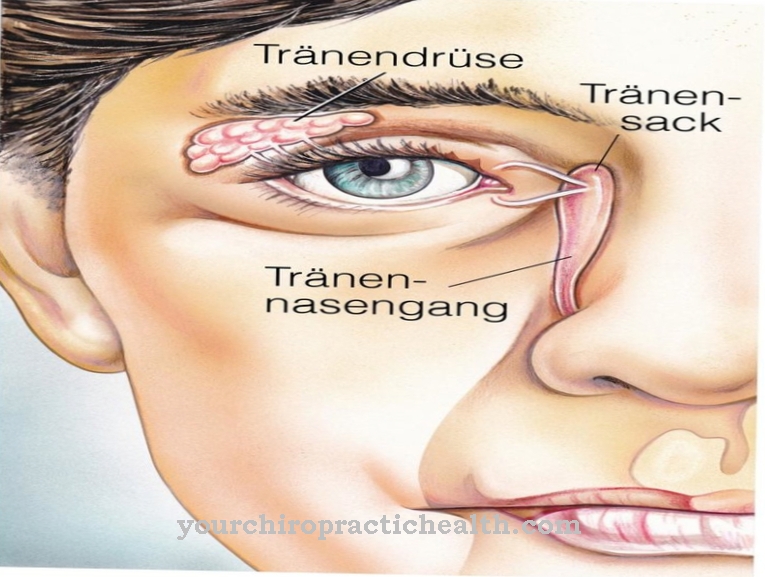



.jpg)
